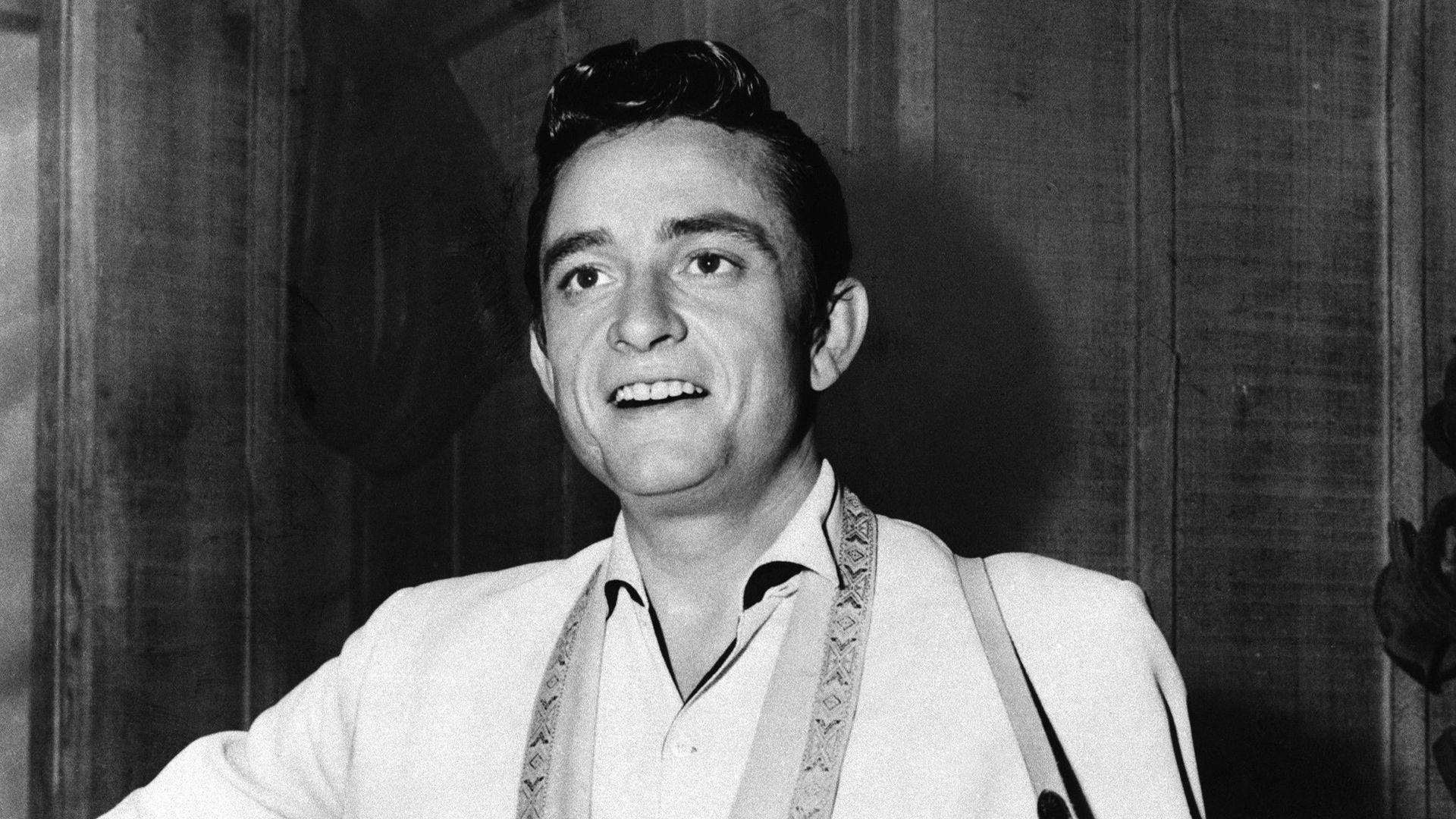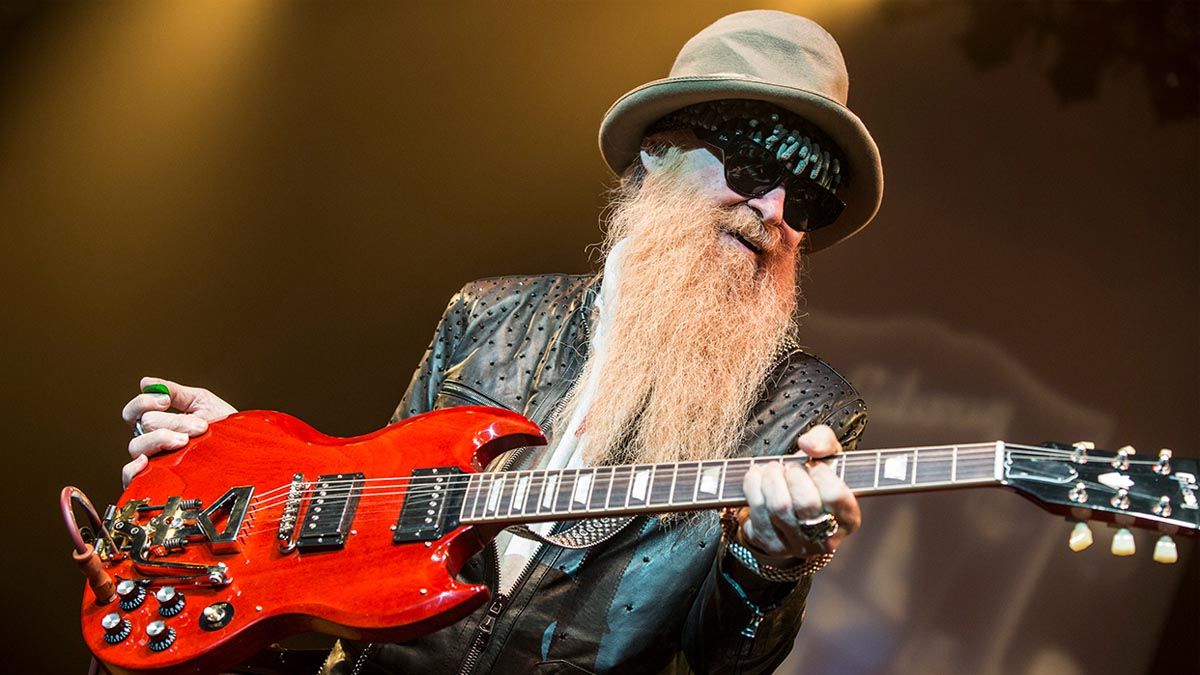There’s something special about a guitar, whether a vintage electric axe or a historic wooden acoustic instrument. When you own one as a musician, it almost becomes an extra appendage, which is why legendary artists and their famous guitars are synonymous.
Many well-known guitars throughout music history have stories worthy of regaling your children or grandchildren about over dinner. Here are some of those tales linked with their world-renowned owners.
1. B.B. King — His First “Lucille” Gibson

In truth, this legendary Mississippi bluesman had many guitars named “Lucille,” and his playing prowess ensured every single one was famous. The “Lucille” story and nickname originated when a young King played a gig in 1949, and two audience members got involved in some fisticuffs.
A kerosene stove tipped over during the melee and set fire to the Twist, Arkansas, dance hall. King’s performance ended abruptly, and everybody, the musician included, took flight. Only when safely outside did King realize his $30 guitar was still on stage. He hurriedly retrieved his instrument and, after learning that the fight had started over a lady named Lucille, adopted her name for his guitar and every trademark Gibson he played from then on.
2. David Gilmour (Pink Floyd) — His “Black Strat” 1969 Fender Stratocaster

A gutsy thief stole Gilmour’s black Fender Stratocaster during an early 1970 Pink Floyd American tour date in New Orleans, Louisiana. A few months later, the English axeman visited Manny’s Music in New York City and fell in love with a specific Fender — a 1969 sunburst Stratocaster with a black spray job.
Gilmour bought the instrument, which, after he replaced its white pickguard with a customized all-black one, became known as his famous “Black Strat.” Despite changing the Fender’s neck several times, the “Black Strat” sound became synonymous with Pink Floyd’s subsequent exquisite recordings, including “The Dark Side of the Moon” and “Animals.” Gilmour’s mind-numbing solos you hear on “The Wall” — notably in “Comfortably Numb” — come from the same “Black Strat.”
3. Johnny Cash — His Signature Martin 1997 D-42

The “Man in Black” was a huge fan of Martin guitars, often saying he “felt safe” with the brand. Cash had long-standing stage relationships with many Martin models — from D-18s and D28s to the 00-18 he played during his legendary 1968 Folsom Prison performance. A custom-built black D-35 was his longest companion, with its bass-heavy sound matching his voice for over 20 years. However, one of Cash’s most iconic guitars will always be his signature Martin D-42.
Martin built the D-42 for Cash in 1997. Its three-piece back makes the lacquer black 42-styler unique among music legends. Cash received “prototype number one,” which he toured with during the memorable “American Recordings” era. When an incident on stage damaged the D-42, the country music great borrowed “prototype number two” from Martin while the first underwent repairs. The replacement guitar now stands in the Martin Museum, complete with the dollar bill Cash tucked between its strings to achieve his signature “chicka” train sound known so well.
4. Joni Mitchell — Her “My Beloved” 1956 Martin D-28

A U.S. Marine captain gifted Mitchell the Martin D-28 acoustic guitar after rescuing it following an enemy attack in Vietnam in 1966. The folk-rock superstar, most famous for her epic 1971 album, “Blue,” still calls the long-gone D-28 “My Beloved,” with its near brushes with destruction almost resembling a movie script.
After first surviving the war, “My Beloved” would barely survive an aircraft cargo hold explosion. According to folk legend, only the guitar remained intact after a blast in the plane’s hold. Mitchell’s iconic “My Beloved,” which she described as “a trouper,” was her favorite acoustic instrument, with the Martin enabling alternate tuning that helped the artist’s amended playing style, due to her left-hand weakness caused by a childhood bout with polio. In an anti-climax to the guitar’s tale, somebody stole it from a luggage carousel, and it disappeared forever.
5. Billy Gibbons (ZZ Top) — His “Pearly Gates” 1959 Gibson Les Paul

After seeing Eric Clapton holding a sunburst Gibson Les Paul on the back cover of his “Blues Breakers with Eric Clapton” album, a young Gibbons made it his life’s mission to own one. His dream came true after lending his 1939 Packard car to a young actress to travel from Texas to Hollywood for an audition. She got the part, sold the vehicle and gave the bearded guitarist $250 in compensation. Gibbons immediately approached a Texas rancher, who had a 1959 sunburst Gibson Les Paul gathering dust under his bed.
With the sale completed, Gibbons left the ranch with a pristinely conditioned axe he named after his then-absent Packard. He decided on “Pearly Gates,” as he’d figured the actress wouldn’t last driving the car further than El Paso, so there must have been some divine intervention. The “Pearly Gates” 1959 sunburst Gibson Les Paul, used on every ZZ Top album from the 1971 debut to 2012’s “La Futura,” is a rarity, with just over 600 ever manufactured.
6. Brian May (Queen) — His “Red Special” 1963 Custom

As a 16-year-old aspiring guitarist in Middlesex, England, May couldn’t afford an electric guitar. With his electrical engineer father’s assistance, the future Queen legend built his own. The “Red Special” had a neck custom-made from an old mahogany fireplace, a mahogany-veneered body crafted from blockboard and a tremolo arm made from a bicycle saddlebag holder. The custom instrument still stands the test of time, remaining May’s enduring companion on stage.
The distinctive May guitar sound heard on Queen’s eponymous debut album and every other since is courtesy of the “Red Special.” The guitar-playing astrophysicist played it during all Queen’s epic live performances, including 1985’s Live Aid at Wembley Stadium and the 2002 Buckingham Palace rooftop appearance marking Queen Elizabeth II’s Golden Jubilee. In 2004, Brian May Guitars issued the BMG Special, a tribute model based on the “Red Special.”
7. Peter Green (Fleetwood Mac) — His “Greeny” 1959 Gibson Les Paul Standard

“Greeny” has done the rounds among top musos. While still with John Mayall’s Bluesbreakers in the mid-1960s, Green bought the Gibson Les Paul from a London shop. He played it with the band and after forming the original Fleetwood Mac, most notably on the self-titled debut album. Early in the 1970s, “Greeny” changed owners when Green sold it to Gary Moore, most likely during the latter’s frustrating time with Skid Row.
Moore played “Greeny” extensively throughout his Thin Lizzy days and as a solo artist, including the enigmatic guitar solos on “Parisienne Walkways.” In 2006, the pair parted ways, and “Greeny” found temporary homes with many dealers and collectors. Metallica’s Kirk Hammett then secured its purchase, playing the well-traveled Gibson Les Paul in the studio and on stage. In a strange full-circle twist of fate in 2020, Hammett appeared with “Greeny” at the Peter Green tribute concert in London.
8. Jimi Hendrix — His “Monterey” 1965 Fender Stratocaster

Hendrix repainted his fiesta-red Stratocaster white and adorned it with flower images before he took the stage at the 1967 Monterey Pop Festival. During his performance, the future guitar god performed a rousing rendition of the Troggs’ “Wild Thing,” after which he said, “This is for everybody.” He fell to his knees and doused his Strat — affectionately referred to as “Monterey” since — with lighter fluid and set it alight.
To the amazement of watching revellers, Hendrix then smashed the burning instrument in a way reminiscent of The Who’s Pete Townshend. “Monterey” didn’t survive the ordeal, but Hendrix’s actions immediately became iconic in rock history. After witnessing the incident, Townshend said that everything he’d ever done and would do in the future, and all he could ever come up with, belonged to Hendrix.
9. Keith Richards (Rolling Stones) — His “Micawber” 1954 Fender Telecaster

Legend has it that Richards received his butterscotch Telecaster from Eric Clapton for his 27th birthday. “Slowhand” had a penchant for giving away guitars, so the legend likely has an element of truth. Richards named the instrument “Micawber,” after an inexplicably positive character from the Charles Dickens classic, “David Copperfield.” The guitar soon became his most prized possession, with the Rolling Stones axeman once telling Guitar World that he and his Tele were “kind of married.”
“Micawber” has undergone many modifications over the years, with Richards using it as a five-string without the low E string. Its original neck pickup is long gone, replaced by a backward-placed 1950s Gibson PAF humbucker, while a pedal-steel pickup adorns the “Micawber” bridge. Richards loves showing his “wife” off, and many photographs of the pair exist.
These Famous Guitars Are More Than Just Instruments
The attachments that legendary musicians form with their guitars are well-known and noteworthy. If you own an instrument or classic music, you know about this enduring kinship that’s hard to explain to others without the knowledge. The guitars’ stories might include different owners, short connections and destruction, but all indicate the passion that only music provides.
- Musical Instruments Ranked From Easiest to Hardest to Learn - December 4, 2025
- Every SZA Era Explained Through Her Outfits, From TDE Beginnings to the SOS World Tour - November 13, 2025
- The Career of Mozzy and How His Music Changed the Direction of West Coast Rap - November 13, 2025



